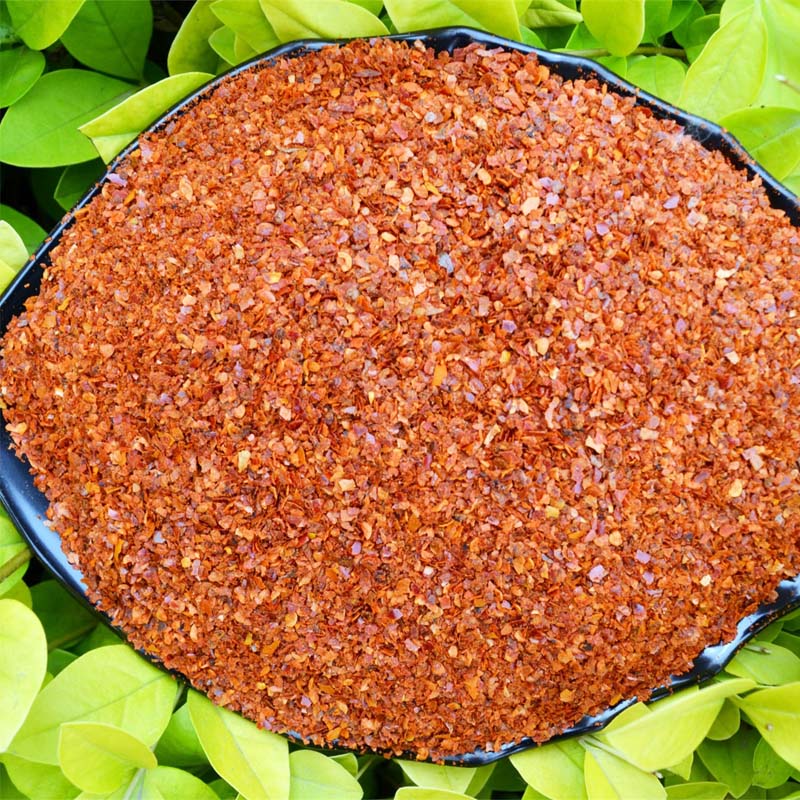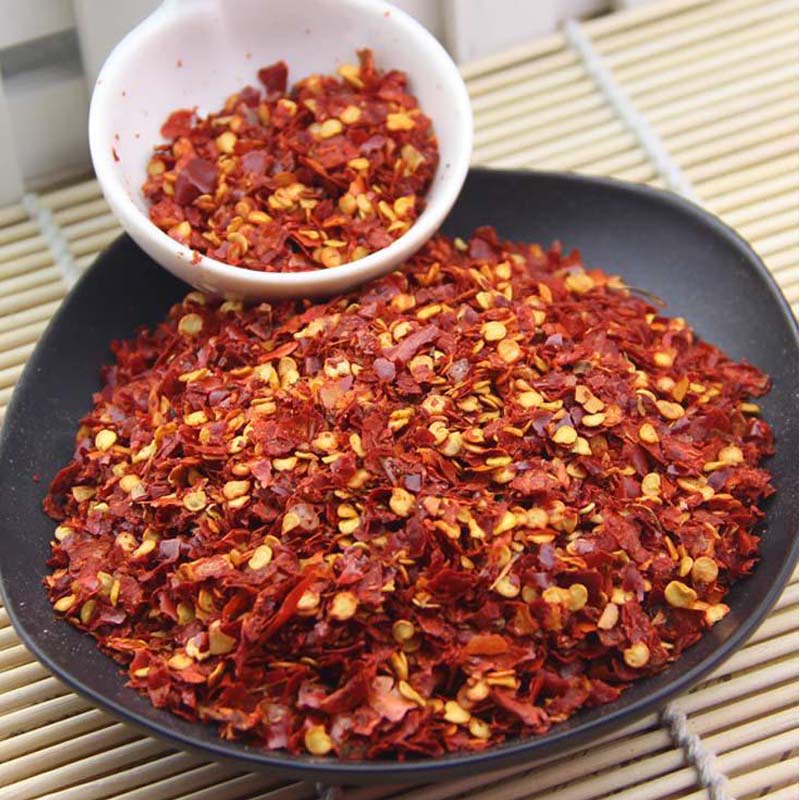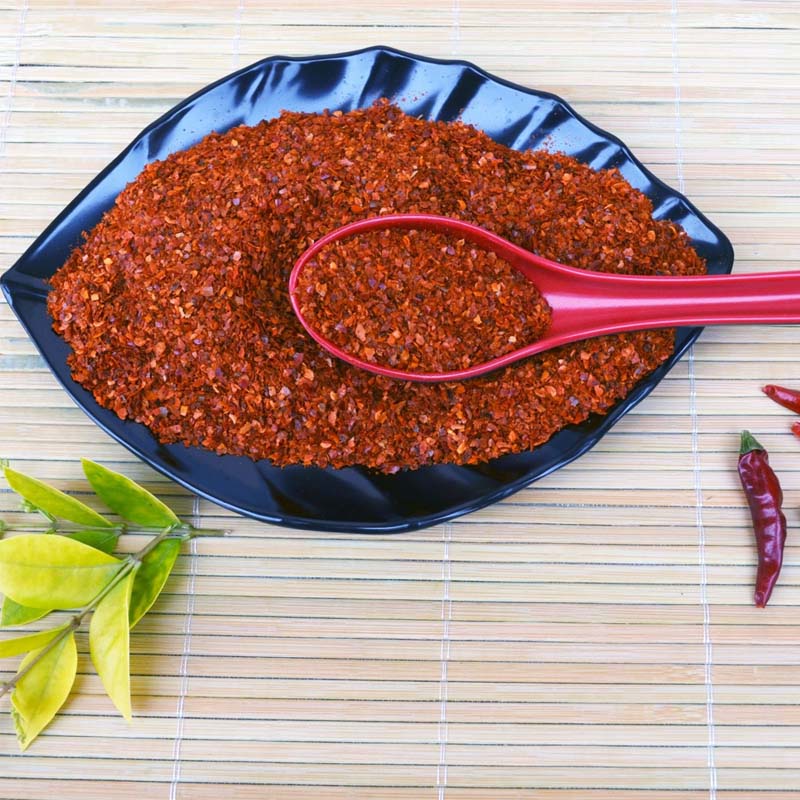- No. 268 Xianghe Street, Economic Development Zone of Xingtai city, Hebei 054001 China
- Byron@hbhongri.cn
Crushed Red Hot Peppers: Fresh, Fiery Flavor—Ready to Try?
Chili Crushed: the Insider’s Guide to Reliable Heat
If you cook for a living (or just cook with conviction), you already know the quiet power of crushed red hot peppers. The industry calls the product “Chili crushed,” and it’s exactly what it sounds like—dried peppers crushed into jagged flakes that bloom in oil, finish pizza like a wink, and play surprisingly well with chocolate. I’ve toured plants where this stuff is made; the good vendors obsess over moisture, seed ratio, and heat stability like it’s a craft beer recipe.

Origin, Materials, and Process
Origin: No. 268 Xianghe Street, Economic Development Zone of Xingtai city, Hebei 054001 China. The peppers are typically Capsicum annuum varieties chosen for mid-to-high Scoville stability. Materials are simple: sun- or hot-air-dried red chilies, then destemmed, crushed (not ground), and sieved for flake uniformity.
Process flow (condensed): raw pepper intake → visual and moisture screening → destemming → crushing → sieving to target flake size → color sorting → metal detection → microbial reduction (usually saturated steam; ETO-free for EU) → packing in multilayer bags with oxygen barrier. Each batch is lot-traceable; that’s not hype—most serious buyers require it.

Why It’s Trending
Spicy foods keep climbing in retail and QSR menus, and to be honest, chefs love flakes because they add a layered heat that powders can’t. In fact, many customers say crushed red hot peppers “wake up” oil-based sauces without muddying color. Clean label? Absolutely—single-ingredient, with optional anti-caking agents only when spec’d.
Product Specs (Typical, real-world values may vary)
| Product Name | Chili crushed (red pepper flakes) |
| Flake Size | ≈3–6 mm (custom 1–8 mm on request) |
| Heat (SHU) | ≈10,000–50,000 SHU options |
| Moisture | ≤12% (ASTA guideline) |
| Seed Ratio | ≈20–35% (customizable) |
| ASTA Color | ≈40–80 |
| Microbiology | TPC ≤10⁵ CFU/g; E. coli <10 CFU/g; Salmonella: absent/25g |
| Service Life | 18–24 months sealed, <20°C, aW <0.60, away from light |
| Certifications | ISO 22000/HACCP; Halal/Kosher available; conforms to Codex |

Applications and Advantages
- Foodservice: pizza finishers, chili oils, ramen toppings, dry rubs.
- CPG: snack dustings, ready meals, meal kits, sauces.
- Industrial: infused oils, pickling brines, charcuterie coatings.
Advantages: layered heat release, visible appeal, clean label, stable color, and—surprisingly—strong aroma retention when aW is kept low. Many chefs say crushed red hot peppers give “spark” without overpowering.
Vendor Snapshot and Customization
Custom options include SHU targeting, flake size, seed ratio, organic lots (subject to season), steam-sterilized vs. non-sterilized, and private-label packs. Lead times typically 10–25 days depending on spec and port schedule.
| Vendor | Certs | Sterilization | SHU Range | Lead Time | Notes |
|---|---|---|---|---|---|
| Hongri Spice (Hebei) | ISO 22000, HACCP, Halal/Kosher | Steam; ETO-free for EU | 10k–50k | ≈10–20 days | Strong traceability, custom flake sizes |
| Trader A (blended) | HACCP | Steam or irradiation | 8k–40k | ≈15–30 days | Wider sourcing, variable color |
| Co-op B (boutique) | Organic options | Steam | 12k–30k | ≈20–35 days | Small lots, premium pricing |

Quality, Testing, and Compliance
Lots are tested to ASTA cleanliness, moisture, and volatile oil checks; micro per HACCP plans; and allergen/label compliance per destination market. Typical CCPs include metal detection (Fe ≤1.5 mm) and pathogen control. For exports to the EU and US, vendors align with Codex, FDA Salmonella guidance, and local MRLs for pesticides. Real-world data from one 2024 lot: moisture 9.8%, SHU 28,400, ASTA color 63, Salmonella absent/25g.
Case Study: Ramen Chain Rollout
A mid-size ramen brand switched to crushed red hot peppers at 3–6 mm with a 30k SHU target. Result? Oil infusions developed faster (≈15% less steep time), visual pop improved, and—this is the kicker—consumer “heat satisfaction” scores rose 11% over 8 weeks. Shelf-life held at 24 months in foil-lined bags at 18°C storage.
References
-
Capsicum frutescens oleoresin – High Purity, Food GradeNewsNov.17,2025
-
Capsicum Frutescens Oleoresin – Natural Heat & FlavorNewsNov.17,2025
-
Peppereka Powder – Fresh, Vibrant Color & Sweet AromaNewsNov.17,2025
-
Paprika Oleoresin | Natural Red Color, Heat & Flavor BoostNewsNov.17,2025
-
Pure Turmeric Extract 95% Curcumin | Potent, Lab-TestedNewsNov.17,2025
-
Red Papper Pods – Premium Sun-Dried, Bold Heat & AromaNewsNov.10,2025







